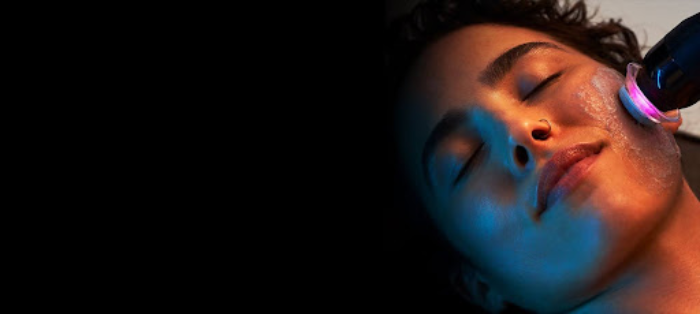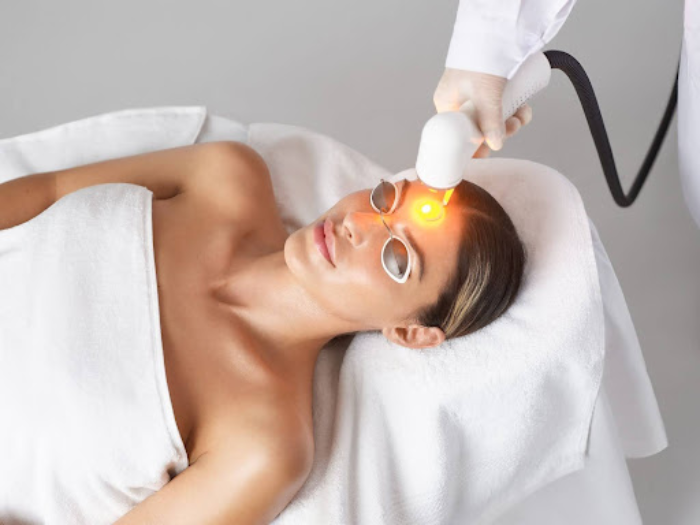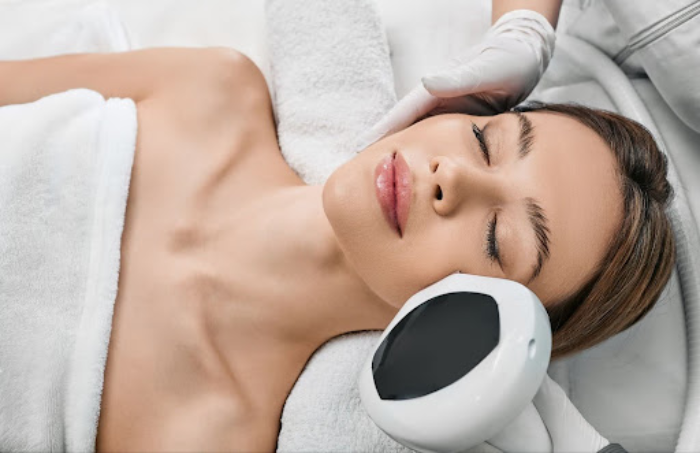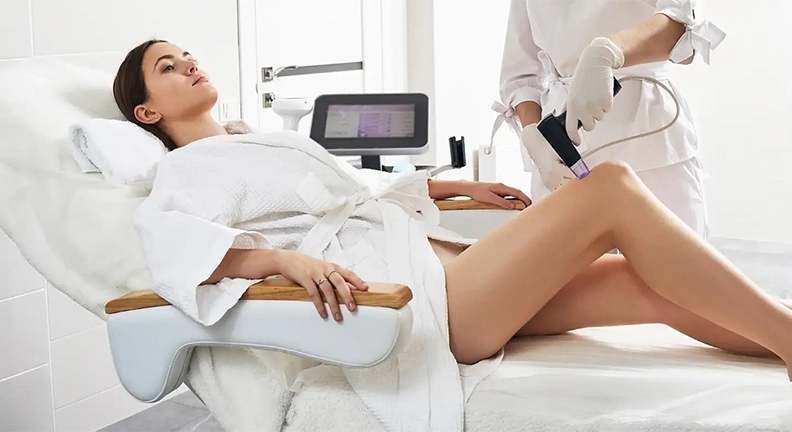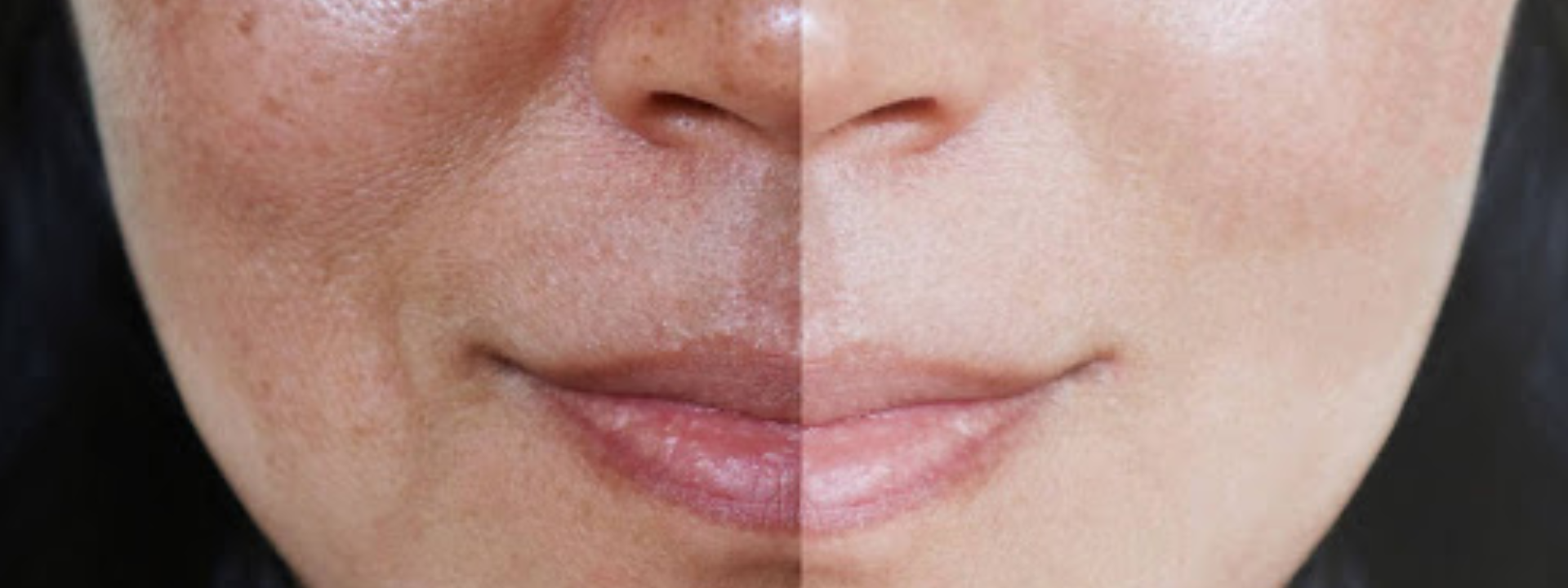
Understanding Pigmentation: Causes and Treatment
Last updated : 9 Oct 2025, 08:31:07
Skin pigmentation is a common concern that can affect anyone, showing up as dark spots, uneven patches, or areas of discolouration on the skin. These changes in tone can influence how the skin looks and affect self-confidence, making many people seek ways to improve their complexion.
Pigmentation often develops gradually, and its appearance can vary from subtle spots to more noticeable patches. Factors such as genetics, environmental exposure, and natural ageing play a role in how the skin produces and distributes melanin, the pigment responsible for skin colour. Over time, certain areas may appear darker or uneven, which can make the skin look tired or dull.
Being aware of pigmentation and understanding the different types and patterns it can take is the first step toward managing it effectively. For those looking to restore an even tone, consulting a professional for pigmentation treatment can help achieve a healthier, more radiant complexion.
What Causes Pigmentation?
Pigmentation occurs when the skin produces excess melanin, the natural pigment responsible for skin colour. This overproduction can happen for a variety of reasons. Sun exposure is one of the most common causes, as UV rays trigger melanin production and can worsen existing dark spots. Hormonal changes, particularly in women during pregnancy or with contraceptive use, can also lead to melasma, which appears as brown or grey patches.
Other contributing factors include ageing, which naturally slows skin regeneration, and skin injuries like cuts, acne, or inflammation that can leave post-inflammatory hyperpigmentation. Even stress, environmental factors, and pollution may exacerbate pigmentation concerns. Identifying the underlying cause is key to selecting the right skin pigmentation treatment, ensuring that the approach is effective and tailored to individual needs for the best possible results.
Types of Pigmentation
Pigmentation can appear in several forms, each requiring slightly different approaches:
- Melasma: Brown or grey patches caused by hormonal changes, often found on the forehead, cheeks, or upper lip.
- Sunspots: Also called age spots, these result from prolonged sun exposure and often appear on the face, hands, and other sun-exposed areas.
- Post-inflammatory hyperpigmentation: Dark patches that develop after acne, burns, or other skin injuries.
- Freckles: Small brown spots that can be genetic or sun-induced.
- Age spots: Pigmentation that develops as skin ages, commonly on the face and hands.
Understanding the type of pigmentation is important because it determines the most effective treatment approach. At The Skinwood, we evaluate each case individually to recommend personalised hyperpigmentation treatment options.
Our Pigmentation Treatments
At The Skinwood, we offer a wide range of pigmentation reduction treatments. Each option is designed to reduce dark spots, even skin tone, and restore natural radiance.
Medifacials
Medifacials are advanced facial treatments that target pigmentation while improving overall skin health. By combining exfoliation, hydration, and specialised serums, medifacials work to reduce dark spots and improve skin texture. Regular medifacials promote even skin tone and a healthy glow. They are particularly effective when used as part of a structured skin hyperpigmentation treatment plan.
Lasers & Light Treatments
Laser therapies are highly effective in breaking down excess melanin and treating stubborn pigmentation. Our advanced laser options include:
- StarWalker MAQx Laser: Targets pigment deep within the skin, reducing dark patches effectively.
- Advatx Laser: Designed to treat stubborn pigmentation while promoting skin rejuvenation.
- Lumecca: An intense pulsed light treatment that addresses sunspots, age spots, and uneven skin tone.
Laser treatments, such as laser pigmentation reduction, work by breaking down excess pigment, which the body then naturally eliminates. These procedures provide precise results with minimal downtime and are suitable for a range of pigmentation concerns.
Chemical Peels
Chemical peels exfoliate the top layer of the skin, removing pigmented cells and promoting new skin growth. By accelerating cell turnover, chemical peels reveal fresher, brighter skin and help lighten dark spots. They are particularly effective for mild to moderate pigmentation and can be customised according to skin type. Incorporating chemical peels as part of a pigmentation reduction treatment ensures more uniform results over time.
Glo2facial & Hydrafacial Syndeo
Glo2facial and Hydrafacial Syndeo are non-invasive treatments that provide deep cleansing, exfoliation, and hydration. They remove dead skin cells, stimulate healthy skin regeneration, and gradually improve skin tone and texture. Regular sessions help manage pigmentation while keeping the skin hydrated and refreshed. These treatments complement other hyperpigmentation treatments for the face by enhancing the overall results.
Pigmentation Skincare
Alongside professional treatments, consistent skincare is essential. Daily use of sunscreen protects the skin from UV rays, which are a major contributor to pigmentation. Skincare products containing brightening agents, antioxidants, and gentle exfoliants can further enhance results. A proper skincare routine ensures that the effects of pigmentation skin care treatments are long-lasting and that new pigmentation is minimised.
Benefits of Professional Pigmentation Treatments
Professional treatments offer significant advantages:
- Targeted approach for specific pigmentation concerns.
- Reduction in dark spots and uneven skin tone.
- Improvement in overall skin texture and radiance.
- Long-lasting results when combined with consistent skincare.
- Safe and effective procedures conducted by trained specialists.
Choosing professional solutions like hyperpigmentation laser treatment or chemical peels ensures that the treatment is suitable for your skin type and provides measurable results.
Why Skinwood?
At Skinwood, our team focuses on personalised care. Every pigmentation concern is assessed individually to recommend the most effective combination of treatments. Whether using medifacials, lasers & lights, chemical peels, Glo2facial, Advatx Laser, Hydrafacial Syndeo, or Lumecca, our approach aims to reduce pigmentation while improving overall skin health. Treatments are tailored to achieve a brighter, more even skin tone and to maintain the skin’s natural radiance.
Addressing pigmentation requires a combination of professional treatments and consistent skincare. Our services are designed to cater to diverse needs. With expert guidance and advanced technology, achieving radiant, even-toned skin is possible. By integrating clinical treatments with proper skincare, individuals can effectively manage pigmentation, enhance their skin’s appearance, and regain confidence. Our approach ensures safe, effective, and long-lasting results for all types of pigmentation concerns.
FAQs
1. What causes skin pigmentation?
Skin pigmentation occurs due to excess melanin production. Common causes include sun exposure, hormonal changes, ageing, acne, skin injuries, genetics, stress, and environmental factors like pollution.
2. What are the types of pigmentation?
Common types include melasma, sunspots, post-inflammatory hyperpigmentation, freckles, and age spots. Each type has different triggers and may require specific treatment approaches.
3. What is the best treatment for pigmentation?
The best treatment depends on the type and severity of pigmentation. Options include medifacials, chemical peels, laser pigmentation reduction, Glo2facial, Hydrafacial Syndeo, and personalised hyperpigmentation treatments.
4. How does laser pigmentation reduction work?
Laser treatments target excess melanin in the skin, breaking down pigment which the body naturally eliminates, reducing dark spots and uneven skin tone.

